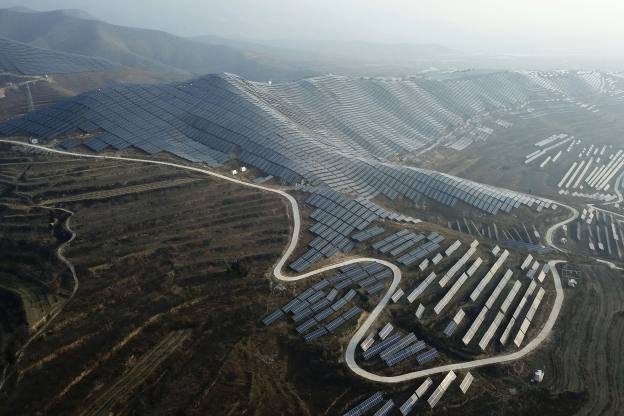Challenges also became all too evident. Notably, within China, debt levels are high as people and businesses borrowed and built-up leverage.
Much of this was usefully invested. How else would the economy have soared? But there was much speculation, too.
Property and construction became areas of concern. Some of this came to a head last year, with the crisis that engulfed the property business Evergrande.
Debt, too, became an issue along the Belt Road, with many countries borrowing heavily, often from China. This was viewed by some international observers as a form of financial colonialism.
To these concerns have been added worries about China’s political path. There is now increased international awareness of the treatment of the Uyghurs and problems in Hong Kong.
In addition, there is the expectation that President Xi will remain in power at the end of his second five-year term this autumn.
Future growth
I first visited China in 1994 and have been a frequent visitor since. I am positive about China’s economic prospects. One of the features that always impresses is China’s long-term economic thinking.
A reflection of this is that we are now in the early stages of China’s 14th 5-year plan, which includes a commitment to the green agenda, as China seeks to become a net-zero carbon economy by 2060.
But at the same time it is important to appreciate that its challenges are significant. Not only is its population huge but it is also ageing significantly.
It used to be said that China would be old before it was rich. There is little doubt it is rich in culture and it has also become wealthy in economic terms.
Yet, an ageing population suggests that its future rate of economic growth will be slower than in the past; perhaps nearer 5 per cent rather than the double-digit growth rates it became used to.
This helps explain why China has been keen to move up the value curve, moving away from exporting cheap goods and instead becoming a high-tech, scientific and service-driven economy.
So far there is success. Its space programme is impressive. Chinese global brands are also becoming more common, from Alibaba, JD and Shein in retail to Tencent in media, among others.
Navigating geopolitical tensions
In recent weeks, as the war in Ukraine has raged, there has been much focus on China, often in the context of Taiwan.
Over the past decade, too, China has established a larger presence in the south and east China seas. Looking at China, therefore, one has to recognise geopolitical tensions that seem unlikely to disappear.






